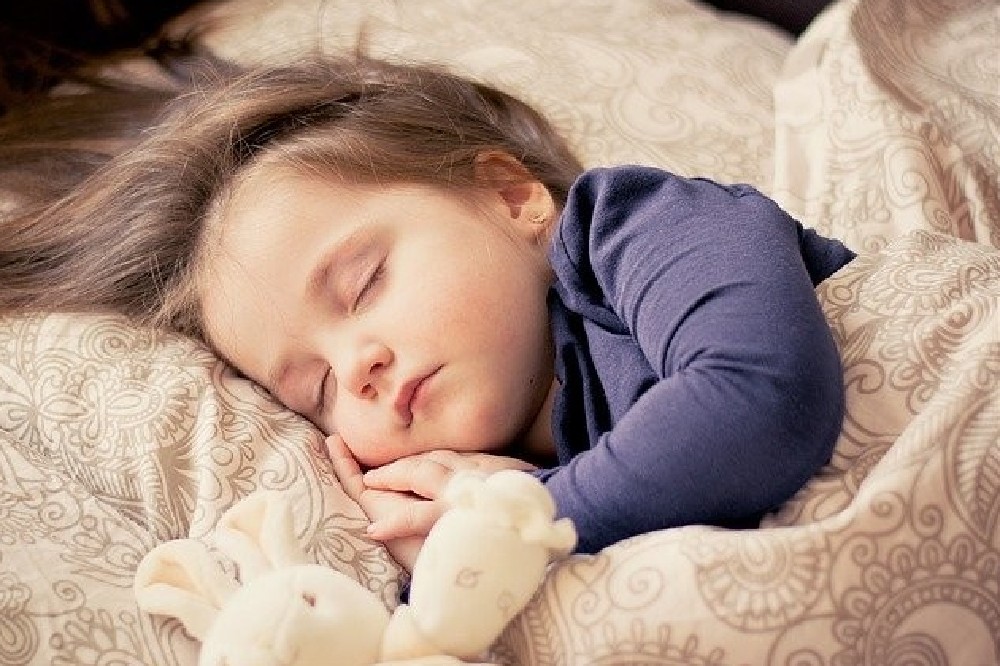By Lauren Peacock, Sleep Expert and founder of Little Sleep Stars

Image courtesy of Pixabay
Moving house can be an exciting yet challenging milestone – especially with small children in tow! Some families find that their dreams of sweet-slumber in their new home are replaced by bedtime-battles and unsettled nights. But it is possible to get your little ones drifting off calmly into the land of nod in their new sleep-environment. Here are my top tips for how…
Our youngest family members
Babies face fewer move-related stressors than their slightly older peers. Without developed imaginations, infants are much less troubled by the potential anxieties of living somewhere new. Babies thrive on predictability and so being out of their normal routine, even for a day or two, can be unsettling, especially for more sensitive-tempered little ones.
To help an infant adjust to their new sleep-environment, create as much consistency from old-to-new as possible. A great tip is to change a baby’s bedding a day or two before you move and then set their cot up in the new house without changing it again. This creates a smell of “home” which can be cemented by consistently using a pillow spray, such as Childs Farm baby bedtime pillow spray, organic tangerine, for at least a few weeks before you move to fix the smell as a familiar and calming cue for sleep. Make sure that pillow sprays, comforters and other sleep must-haves are safely packed, clearly labelled and easily accessible.
Toddlers and upwards
On top of temporary disruption to their usual routine, older little ones encounter additional move-related challenges – a new room, in a new house, maybe even a new school or nursery and new friends, often bundled up with limited self-awareness and/or vocabulary to recognise, manage and articulate those feelings. In the whirlwind of moving, little ones can feel side-lined and creating time to talk through these big feelings can help to reduce common manifestations of anxiety such as clinginess, picky-eating, emotional outbursts, toilet-use regressions and sleep challenges.
Young children almost universally manage better with stepped change. It can be tempting to tie in moving with transferring your child out of their cot into a bed or changing the theme of our child’s room, but a little one is likely to find it easier to make fewer changes in one go. Involving children in unpacking and organising their new room and giving age-appropriate choices and control about how the room is set-up, provide a child with a level of control that can make managing the transition more easily. Children typically sleep best in an environment that is calm and uncluttered so get your child’s room in great shape before moving onto the rest of the house.
New homes bring new night-time noises and you may find your little one settles and sleeps better with the assistance of a children’s guided-meditation/sleep-story at bedtime and/or with low-level white-noise playing as they sleep. Blacking out your child’s bedroom is essential for sound-sleep so if you are waiting for curtains to arrive then a portable, stick-on blackout blind can be a gamechanger.
Always bear in mind that you are your child’s biggest constant and their safest space. With time, patience and consistency, your little one will soon be sleeping like a champ in their new room.
Tagged in Parenting

